
What Does Psoriasis Look Like?
There are different types of psoriasis. In psoriasis, new cells build up at the top layer and grow faster than your body can remove them. This leads to the formation of thick, red patches and plaques. In fact, it is possible to have more than one type of psoriasis. The following pictures will give you an indication of the different types of psoriasis.
Plaque (plack) psoriasis
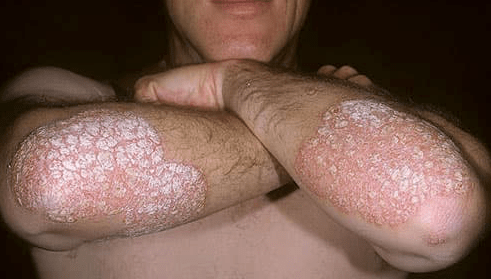
Patches of skin are red, thick raised with silvery-white flakes, called scales. These patches usually appear on your scalp, elbows, knee and lower back. The patches may crack, bleed and be itchy. The more you scratch, the thicker it will become.
Scalp psoriasis
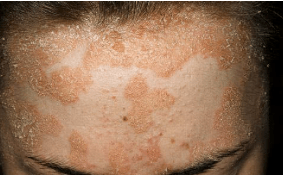
The psoriasis may be thin or thick on the scalp. Scalp psoriasis is powdery and silver or white which can cover the whole head. The patches can appear on the forehead, back of the neck and around the ears.
Nail psoriasis
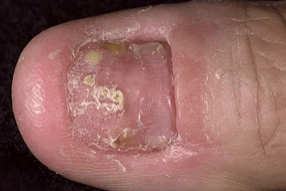
The skin cells build up under their nails, which become thick. The nails will split or crack. There may be yellow-brown spots underneath.
Guttate (gut-tate) psoriasis
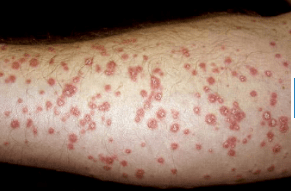
This often occurs among children, with the formation of small red dots with raised edges appear suddenly. Common sites are the arms, leg, scalp, ears and face. The trigger factors include strep throat, flu, cold and other upper respiratory infections.
Inverse psoriasis
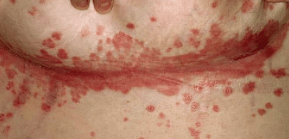
It is found where skin touches the skin, called folds such as the armpit. The patches are shiny, bright red and very sore. Rubbing and sweating will make the condition worse.
Pustular psoriasis
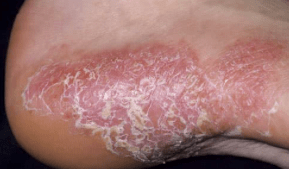
It usually shows up on the hand (palms) or bottom of the feet. This might be a reaction to an infection, stress, medications or contact with certain chemicals. This causes red, swollen, patches of skin with pus-filled bumps (called pustules). When they dry out, they will turn yellow-brown and scaly.
Generalized pustular psoriasis

This can be life-threatening and requires emergency medical care. It begins with dry, red and tender skin and the bumps will spread quickly within an hour.
Erythrodermic (eh-rith-row-der-mic) psoriasis
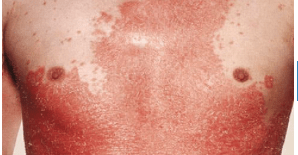
The type of psoriasis causes large areas of skin to turn bright red and look burnt. Symptoms include itchy and painful skin, rapid heartbeat and feeling very cold or hot. It is life-threatening.
Recreational photo: Medical photo created by wayhomestudio – www.freepik.com
